Fashion week has finally been back on track. We all know that today fashion capitals are Paris, Milan, New York and London…but how did they manage to become the “Big Four” of the luxury world?
Paris
Paris has often claimed to be the epicentre of fashion and the homeland of tremendously good taste. Its reputation is built on a very powerful image of heritage and elegance. The forerunners of fashion as we intend it nowadays were, in fact, Charles Worth – the father of Haute Couture – and Paul Poiret – the inventor of sumptuous parades that have become a reference model for contemporary shows.
By the 1920s and 1930s, this city was home to many renowned names: from Coco Chanel’s understated ease, to Elsa Schiaparelli’s surreal experiments, to Madeleine Vionnet’s fluid draping. In those early days, before the advent of catwalks, the emphasis was placed on the client rather than publicity and photographers were strictly forbidden.
The French capital was concerned about the rising influence of New York’s fashion industry, but it had a secret weapon: Christian Dior. Its first collection, which permitted access to photographers, helped re-establishing voluminous silhouettes and deliberate femininity after the war’s pragmatism. By the 1970s, however, attention was shifted on the youth thanks to Yves Saint Laurent and Nina Ricci’s launch of prêt-à-porter lines: ready-to-wear was the new way forward.

Milan
Italy first seriously entered the global fashion market after the Second World War. Founded by Giovanni Battista Giorgini, fashion shows stood for an attempt to compete with Paris, and renovate Italy’s textile crafts after the conflict. (Mainly) American guests were transported, on their way back from Paris shows, from Rome to Florence to be wined and dined in luxury as they immersed themselves in the grandeur of Italian fashion. Missoni and Emilio Pucci were among the first who built their prestige through this type of events. Over the following decades, an increasing number of Italian brands came forward, emphasizing a slightly more affordable luxury than their Parisian counterparts, as well as a talent for inventive textiles production, as exemplified by Etro. Then, as the 1970s and 1980s hit, a series of Milan-based brands such as Giorgio Armani and Versace were so sought-after that they helped cementing the city’s status as a sartorial capital. Towards the end of the 20th century many other designer stars started emerging, from Moschino’s provocative slogans to Dolce & Gabbana’s excess.

New York
When World War II broke out, American journalists and clients could not go to Paris anymore, so fashion publicist Eleanor Lambert came up with a revolutionary solution and launched the “Press Week” in 1943. Shortly afterwards, Ruth Finley would begin the difficult task of organizing what became known as the Fashion Calendar, that is to ensure designers’ show times did not overlap and provide a handy schedule for participants. Over the next few decades, the growingly fully packed schedule of shows helped imposing America as a significant fashion force, producing many of today’s big names including Oscar de la Renta and Ralph Lauren.
As cultural tendencies undertook new directions, the nature of shows transformed too. Thus, presentations became the result of each designer’s attentive choice of the best setting to set their visions. At first, this mainly meant department stores and showrooms; over time, it gradually expanded including nightclubs, lofts and galleries.
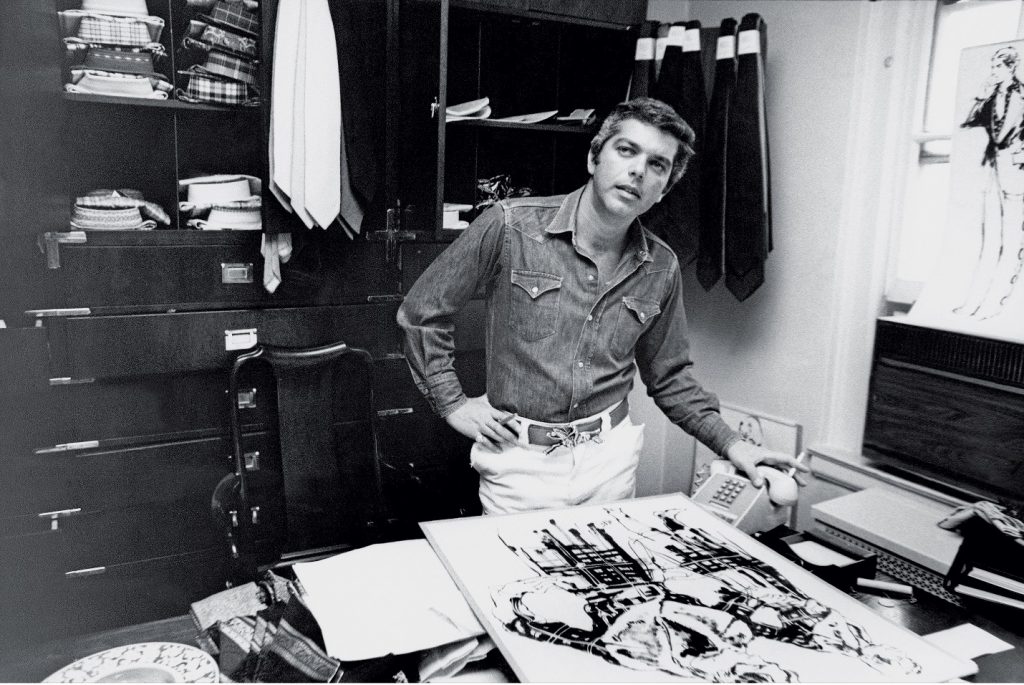
London
When it comes to London, it is all about fearless imagination and tongue-in-cheek rebellion, with designers who differentiate themselves thanks to their outrageous displays. From the Swinging Sixties, typified by Mary Quant through Vivienne Westwood’s punk provocations, to Alexander McQueen’s dark and dramatic visions, London has a long legacy of producing extraordinary and ironic design. The first-ever London Fashion Week was mainly held in a tent in a car park in front of the Commonwealth Institute. From the Queen and Princess Diana to Margaret Thatcher and Victoria Beckham, the guests were as much of an attraction as the very pieces on display. After the great success of the ‘80s, however, LFW suffered in the early ‘90s due to the Economic downturn: in 1992, the event consisted of a small number of designers confined to just a few rooms in The Ritz. Notwithstanding the recession, for fashion history those years signed an important period. A topless Naomi Campbell walked the runway, bringing attention back to the British capital, while the whole collection created by the still student Stella McCartney sold out.
London’s prodigious talent continues to thrive still to this day, with Molly Goddard’s innovative tulle creations and Matty Bovan’s unconventional patterns among the current crop of designers ensuring LFW remains a fresh experience every year.
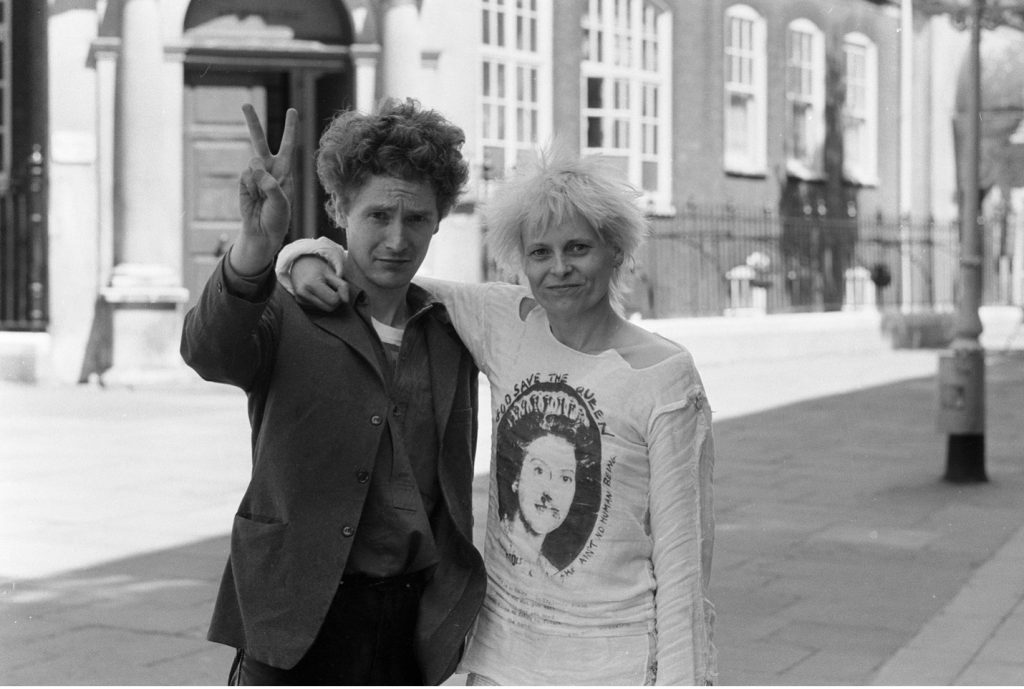
by Erica Balbinot

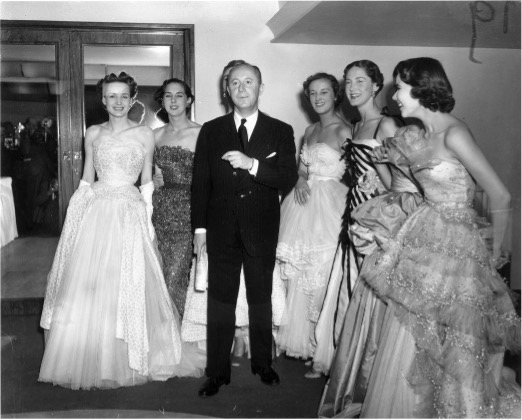


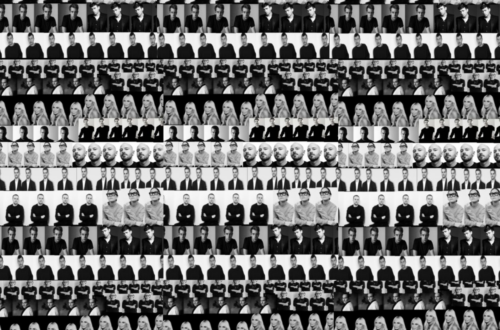

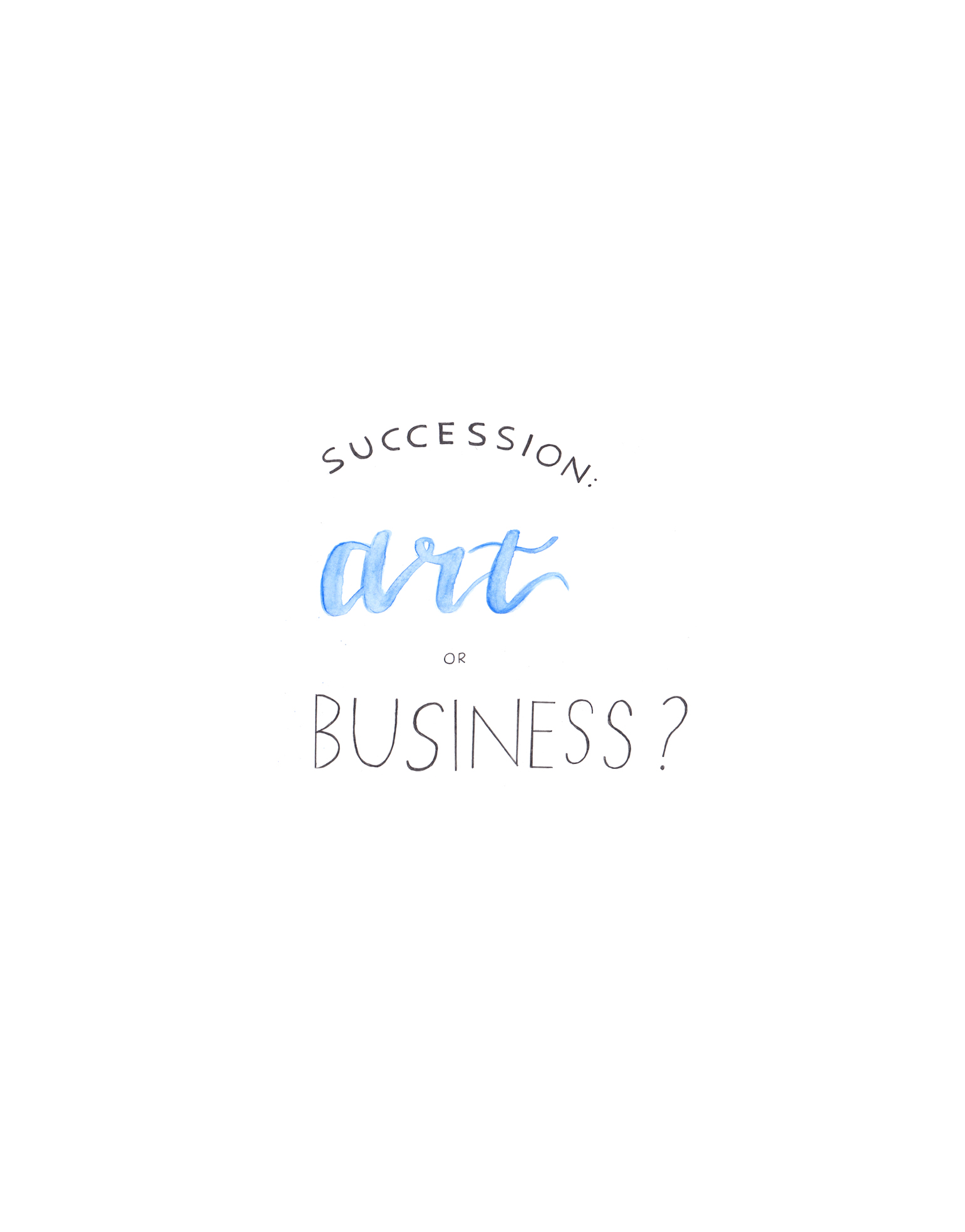
One Comment
graliontorile
Some genuinely nice and utilitarian info on this website, too I believe the design has got fantastic features.